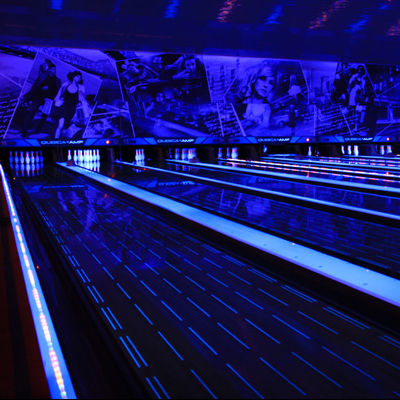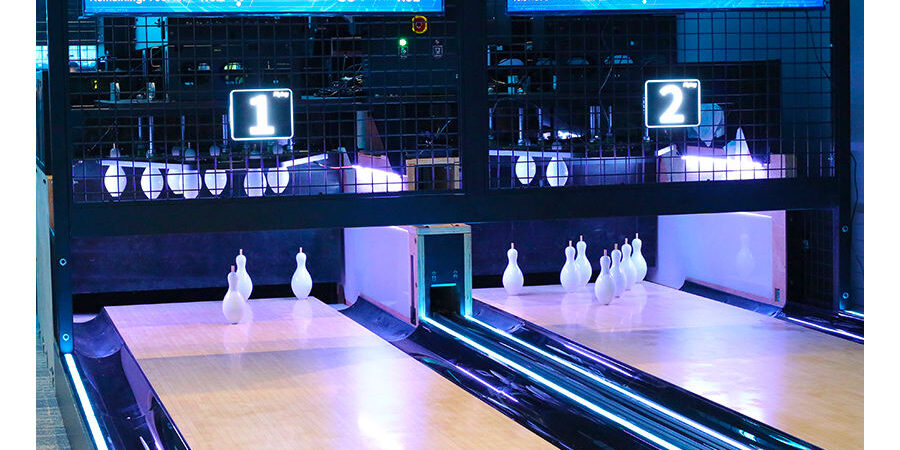🎳 Why the Ball Return System Matters
In every bowling alley, the ball return system silently keeps the rhythm of the game. It’s the heartbeat of continuous play—retrieving the ball, preparing it for the next roll, and doing so efficiently and safely. A well-designed system not only improves lane throughput but also ensures the safety of both players and staff.
⚙️ Understanding How Ball Return Systems Work
A bowling ball return consists of three main components:
Pit assembly, which collects the ball after it hits the pins.
Elevator or lift, which raises the ball to lane level.
Return track, which sends the ball back to the bowler.
In older systems, friction belts and chain drives often caused excessive noise and vibration. Newer models feature direct-drive motors and low-friction rails, reducing both maintenance and energy use.
For professionally engineered systems and replacement parts, visit our Bowling Ball Return Manufacturer page, where you’ll find options suitable for both commercial and family entertainment centers.
🔇 Noise Control: A Key Design Priority
Noise is one of the most common complaints in high-traffic bowling venues. Continuous operation of multiple ball return units can create mechanical hums and impact noise, disrupting the overall experience.
Modern systems use polyurethane rollers, sealed bearings, and acoustic insulation panels to keep sound levels below 60 dB. Some suppliers even offer smart noise-dampening enclosures, which are especially beneficial in hotel and resort environments where quiet leisure is important.
Keeping the noise low not only improves comfort but also contributes to a premium brand image for your bowling center.
🧩 Safety Considerations for Staff and Guests
A proper ball return design must prioritize safety—especially in public and family-oriented venues. Safety features include:
Protective shields and covers over moving belts and gears
Infrared motion sensors to prevent hand or foot intrusion
Emergency shutoff switches easily accessible to staff
Low-voltage control circuits to reduce electric hazards
All certified systems comply with CE and ISO9001 standards, ensuring reliable mechanical protection. During installation, always verify alignment and spacing to prevent ball jams or pin interference.
⚡ Speed and Efficiency in Modern Returns
In busy centers, even a small delay in return speed can affect profitability. Systems that reduce return time from 6 seconds to 3 seconds can add dozens of games per day during peak hours.
Efficient routing and motor synchronization ensure each ball completes its cycle smoothly, improving overall lane performance. For optimal results, pair your return system with precision-engineered lanes available from Bowling Equipment Manufacturer, where full-lane packages are designed to integrate seamlessly with modern automation.
💡 Maintenance Best Practices
Regular maintenance keeps performance consistent and prevents costly downtime. Key steps include:
Daily inspection: Check belts, rollers, and sensors before opening.
Lubrication schedule: Follow the manufacturer’s guidelines for moving parts.
Cleaning routines: Remove oil or debris that could cause misalignment.
Motor calibration: Verify torque settings monthly to ensure smooth operation.
Documenting each service task helps track wear trends and plan preventive maintenance schedules effectively.
🌍 Energy Efficiency and Sustainability
Recent designs emphasize low-energy motors and smart standby modes, reducing overall power consumption by up to 25%. Using recyclable materials and modular construction also extends lifecycle sustainability.
Choosing energy-efficient equipment not only reduces running costs but also enhances your venue’s green credentials—important for today’s environmentally conscious consumers.
🏁 Final Thoughts
An optimized bowling ball return system combines speed, safety, and silence—three essential factors that shape player experience and operational efficiency.
Whether you’re building a new facility or upgrading an existing one, invest in CE-certified components and choose a supplier that offers full system integration, noise testing, and global after-sales support. With professional-grade equipment, your lanes will operate smoothly and quietly for years to come.








